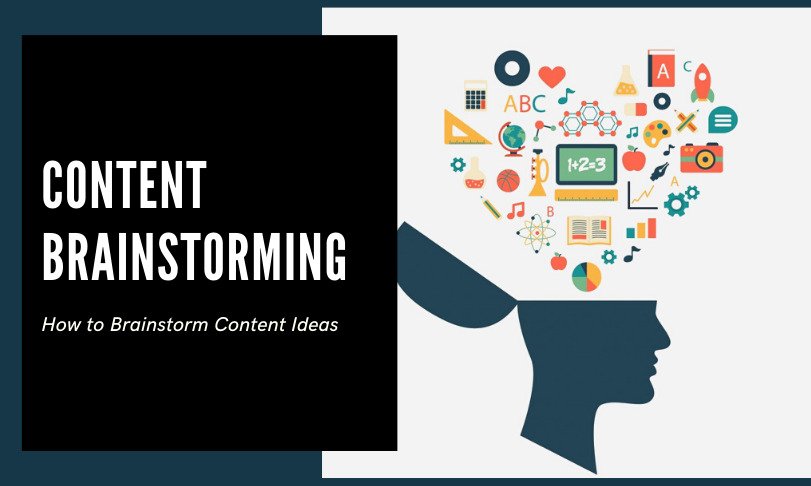The Architecture of Inspiration: A Strategic Framework for Content Idea Generation
In the contemporary digital marketplace, content is the primary conduit through which brands communicate value, build authority, and foster community. However, the relentless demand for fresh, engaging, and relevant material can exhaust even the most creative teams. The solution is not simply to “try harder” but to implement a systematic and multi-faceted approach to brainstorming. Effective content ideation is an intricate process that moves beyond spontaneous inspiration, functioning as a structured discipline that merges deep audience understanding with data-driven analysis and strategic evaluation. By establishing a robust framework for generating, vetting, and prioritizing ideas, organizations can transform content creation from a reactive chore into a proactive engine for growth and engagement.
The Foundational Pillars: Fusing Audience Insight with Data Analytics
The bedrock of all successful content is a profound understanding of the target audience. [1][2] Before a single idea is generated, a comprehensive analysis of the intended consumer is paramount. This process begins with demographic data—age, gender, location, income—which provides a basic sketch of the audience. [3][4] However, to create content that truly resonates, a deeper psychographic analysis is required, exploring the audience’s interests, values, beliefs, pain points, and lifestyle choices. [2][3] Direct feedback is one of the most potent sources for this insight. Tools like surveys and social media polls allow brands to ask their audience directly about their preferences, challenges, and the type of content they wish to see. [5][6] For instance, a software company could survey its users to discover which features they find most confusing, leading to a series of “how-to” articles or video tutorials that directly address these pain points. [1] Beyond direct solicitation, social listening tools provide a real-time view into organic conversations, allowing brands to monitor mentions, track sentiment, and identify emerging trends and topics of interest within their niche. [5][7] By analyzing discussions on platforms like Reddit, Quora, or industry-specific forums, a business can uncover the precise language and pressing questions their audience uses, providing a rich repository of content ideas that are guaranteed to be relevant. [8][9] This fusion of demographic, psychographic, and behavioral data ensures that the brainstorming process is not a shot in the dark but is firmly grounded in the actual needs and desires of the people it aims to serve. [10]
Strategic Techniques for Scalable Idea Generation
With a clear audience profile established, the next phase involves the active generation of ideas through a variety of strategic techniques. These methods range from unstructured creative exercises to highly analytical processes. Classic techniques like mind mapping are invaluable for visual exploration, starting with a core topic and branching out into associated subtopics to uncover new angles and connections. [1][11] Another powerful method is rapid ideation, where participants write down as many ideas as possible within a set time, prioritizing quantity over quality in the initial stage to bypass creative blocks. [8][11] Collaborative approaches like brainwriting, where participants build upon each other’s written ideas, can foster a diversity of thought and lead to more well-rounded concepts. [11] However, modern content strategy demands a more data-driven approach to supplement these creative efforts. Keyword research is an essential component, using tools like Ahrefs or Semrush to identify the search terms, questions, and phrases the target audience is actively using. [12][13] Analyzing features like Google’s “People Also Ask” and “Related Searches” sections can reveal a treasure trove of content ideas directly linked to user search intent. [9][14] Furthermore, a thorough competitor analysis is crucial. By examining the top-performing content of competitors, a brand can identify successful themes and formats while also spotting “content gaps”—topics their competitors have overlooked, offering an opportunity to become the go-to authority. [1][12] The integration of Artificial Intelligence (AI) tools has further revolutionized this process, with platforms capable of generating topic suggestions, creating outlines, and analyzing trends at a scale and speed unattainable by manual methods alone. [8][15]
From Idea to Impact: Evaluation, Prioritization, and Repurposing
The culmination of a brainstorming session is not a sprawling list of ideas, but a curated and prioritized content plan. An abundance of raw ideas is useless without a system to determine which ones warrant investment. A critical step is to evaluate each idea against predefined business goals. [8] Frameworks for scoring ideas, such as the ICE (Impact, Confidence, and Ease) model, can provide an objective method for prioritization. Teams can also analyze ideas based on two key axes: audience demand (indicated by search volume and social trends) and the level of effort or resources required for production. [8] This ensures that the chosen topics have the highest potential for return on investment. Once an idea is selected, its life doesn’t end upon publication. A powerful and efficient strategy is to repurpose existing content. [6][9] A comprehensive guide or whitepaper can be deconstructed into a series of blog posts, an infographic, a video script, or a thread for social media. [16] For example, a successful webinar can be transcribed into a blog post, its key takeaways can be designed into a visual carousel for Instagram, and short, impactful clips can be shared on platforms like TikTok or YouTube Shorts. This approach not only maximizes the value and reach of the original research and effort but also caters to different audience preferences for content consumption, ensuring the core message resonates across multiple channels and formats. [16]



